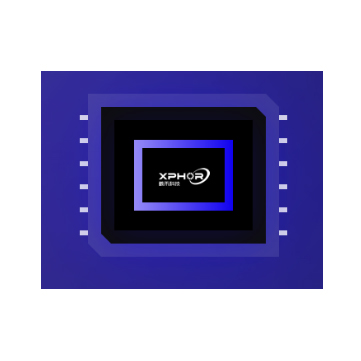上海羲禾科技有限公司是一家由海内外产业技术专家联合创立的芯片企业。创始团队包括在硅基集成芯片和模组领域有20年量产经验积累的高层次技术人员。企业主要从事硅光集成芯片和光组件的设计、制造和封测,并为客户提供硅光芯片和集成组件的定制化解决方案,产品可应用于数据中心、电信传输和消费级光互连,在自动驾驶、智能医疗健康领域也有广阔的市场。
羲禾科技与国内外先进的集成电路代工厂建立了紧密的战略合作伙伴关系,形成完善可控的供应链,与模组和系统厂商建立了深度合作关系,为下游客户提供更高集成度、更稳定可靠、更优性价比的硅光集成产品,共同推进硅光技术的持续创新,拓展更丰富的产业应用。
400G/800G/1.6T硅光集成发送/接收/收发芯片,为模块和系统厂商提供量产方案和产品;硅光集成 FMCWLidar收发芯片,为自动驾驶和智能系统提供量产核心芯片;


